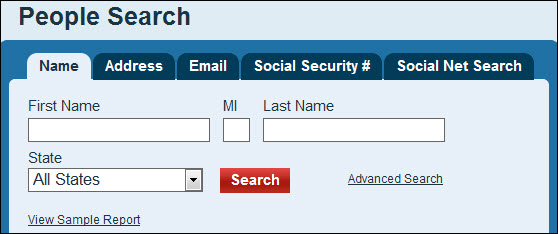

Now with a little know-how, time and energy, it's much easier to collect data that most people consider sensitive or even private. If William had had Zillow, there would have been no need for the Domesday Book.īefore everyone had access to the internet, someone would have had to go to the appropriate records offices (or in some cases mail a request) to get that information. The laws differ by location on what must be made available, how much and when, but at least in the United States it's probable that some, if not all, of those details are legally available. Government data including vital records, tax information, voting details, salaries of government employees and more are required to be public by law. This makes working with and sharing that information easier for everyone. Nowadays, many records are created digitally or digitized for easier access. You can also try Google: Just search for the person's phone number and see what you find.Of course, those records were handwritten and few people could read, making access to the general public essentially nonexistent.Again, mobile numbers will be more difficult, but you can pay for a deeper search which might have more info. This is another reverse-lookup tool that can display addresses associated with landline phone numbers. It works with mobile phone numbers if they aren't private, but you will only see the person's legal name. This is a free international reverse lookup tool that can help you find the name associated with a phone number. You can also pay for a deeper lookup, which may bring you better results. If the phone number you're looking for is in US public records, you'll find its address (sometimes partial) in Whitepages. It even shows current addresses for some mobile phone numbers.

This site has a great US-only reverse-phone number lookup tool that provides names and addresses. There are some with free options, and many with paid options that may be helpful if the phone number you're looking for isn't listed.


 0 kommentar(er)
0 kommentar(er)
